Publications on Adolescents
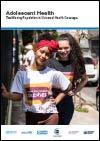
The Sustainable Development Goals and global political momentum behind Universal Health Coverage (UHC) offer significant opportunities to build collective global and national action towards achieving universal health coverage for adolescents. This paper sets out the evidence base on adolescent health and makes the case that to achieve Universal Health Coverage, policy makers need to take urgent action in the areas of service delivery, financing and governance.
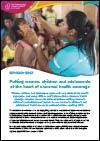
This Advocacy Brief from PMNCH on women, children and adolescents in universal health coverage (UHC) summarizes the key global evidence and arguments why the health needs of women, children and adolescents is central to the achievement of universal health coverage and the SDGs. It also demonstrates the return on investment for proven and cost-effective women, children and adolescent health interventions in terms of equity, human rights and economic productivity. This brief is intended for use as an advocacy resource, to encourage partners to unite around priority messages on UHC.
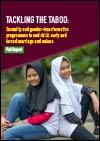
Tackling the Taboo focuses on the need to address patriarchal control of adolescent girls’ sexuality in the fight against child, early and forced marriage and unions, and highlights the vital role played by gender-transformative programmes. The report presents findings from a review of 23 organizations that work at the intersection of child marriage and sexuality, and includes three case studies that feature the work of grassroots organizations working in politically and culturally conservative contexts.
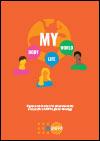
My Body, My Life, My World is UNFPA's new global strategy for adolescents and youth.
It puts young people—their talents, hopes, perspectives and unique needs—at the very centre of sustainable development. In doing so, it supports the achievement of the Sustainable Development Goals, and aligns with the new United Nations Strategy on Youth as well as UNFPA's 2018-2021 Strategic Plan.
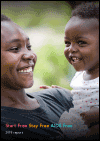
The Start Free Stay Free AIDS Free report reveals a mixed story. The global targets set for 2018 have been missed by a wide margin in some subregions and countries. Some countries, however, have shown impressive progress and achieved success across all the target areas. These country examples demonstrate that success is possible and highlight the need for a paradigm shift in action across all focus countries to reach the targets by 2020.
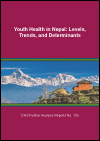
Given the importance of health policy and strategies for youth, this further analysis of the 2016 Nepal Demographic and Health Survey examines the levels, trends, and determinants of the health of youth in Nepal. The analysis includes health indicators in four areas: marriage and sexual behavior, fertility and family planning, maternal health care, and other health outcomes such as domestic violence, nutritional status, and hypertension. The results show inconsistent progress in improving the health of young women and men in Nepal.
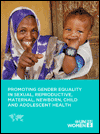
Given the impact of gender inequality on the sexual and reproductive health of women and girls and the health of women and their children, UN Women developed this programming guide that provides practical guidance and tools to understand the influence of gender inequality on sexual, reproductive, maternal, newborn, child and adolescent health (SRMNCAH), and how to effectively integrate gender equality into programming.
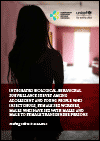
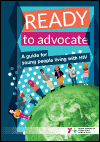
This booklet is for young people living with HIV who want to be involved in advocacy. The booklet asks some important questions about why you want to be an advocate, and the issues that you care about. It offers suggestions for ways to get involved, top tips for your work, as well as some words of inspiration from famous people.

This leaflet informs health providers about the do’s and don’ts in service provision to adolescents and young people living with HIV. The leaflet was developed by and with young people living with HIV. It includes experience illustration, a charter for health facilities that offer friendly services and a scorecard that can be used to assess the quality of services provided to adolescents and young people living with HIV.





